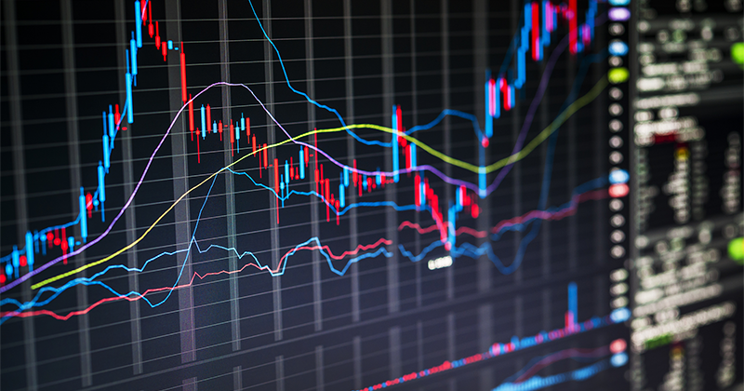Knowing how to tell apart points, ticks, and pips

Points, ticks, and pips
Points, Ticks, and pips describe an asset price's change. These terms have various meanings depending on which market we use and how much price change we discuss.
The slightest possibility of price change on a decimal point's left side is a point, while on the right side is a tick. On the other hand, a pip is somehow like a tick that stands for a small change on the decimal point's right side. It is an important measurement tool in the forex market. In this article, we will learn more about the differences between these three.
Understanding a point
A point refers to a minor possible price discrepancy that occurs on the decimal point's left side. It is common in futures trading. For example, a company futures may have a price increment from $100.00 to $105.00. Here, we have a five-point price change. Another example: B Company has a price change from $50.00 to $51.00- that is one point. We can notice that the difference is on the decimal point's left side. Every point is connected to a dollar, and the value depends on an exchange. Say, C Company's product's point of movement can be equal to $100.
Learning about ticks
When ticks accumulate, we can form a point. A tick is a price movement or change that occurs on the right side of a decimal point. Also, a tick is common with futures contracts. Markets measure ticks, and they are deemed as the most minimal possible price change. Ticks have different sizes depending on markets. A tick may also have a different value depending on the futures contract.
For the sake of citing examples, we will only assume the figures. Say coal may have a tick size of 0.02 while crude has 0.1 tick size, or gold futures may have 0.20 tick size. Tick sizes vary, and they tell how many ticks it takes to raise a point's value. A futures that has a 0.20 tick size takes five ticks to increase the value of one point. As we have mentioned, when ticks form into a group, they become a point. On the other hand, a tick or dollar value relies on the traded futures.
Finally, the pips
A pip is a powerful measuring tool in the forex market. It is the movement of a currency pair's price, and it occurs when the fourth place after the decimal point rises or decreases by one. Usually, it is always the fourth place after a decimal point. Still, it is the second place after the decimal point for a Japanese yen-denominated forex trading account with a Japanese yen quote currency.
For example, a currency pair that involves the Japanese yen, such as USD/ JPY, moves from 100.11 to 100.10, which is one change of pip. All other currency pairs' pip movement happens in every move of the fourth decimal place. For example, the EUR/USD movement from 50.1234 to 50.1235 shows one change of a pip.
For closing
Even though we have
mentioned that pips, ticks, and points may be typical in the futures market, we
can use them in the same concept in a forex market. Sometimes, there will also
be instances where the things discussed above may not match. For example, stock traders may refer to a point as
the number of dollars a stock moved with a different context. Some may also
refer to tick as a chart used in transactions.
